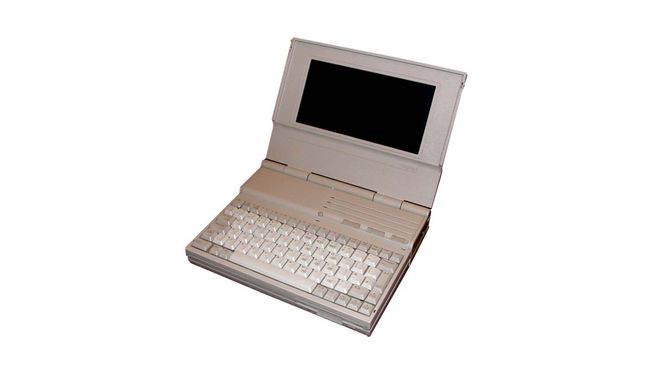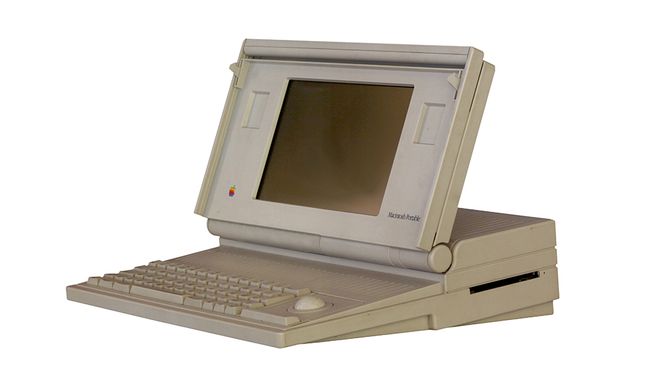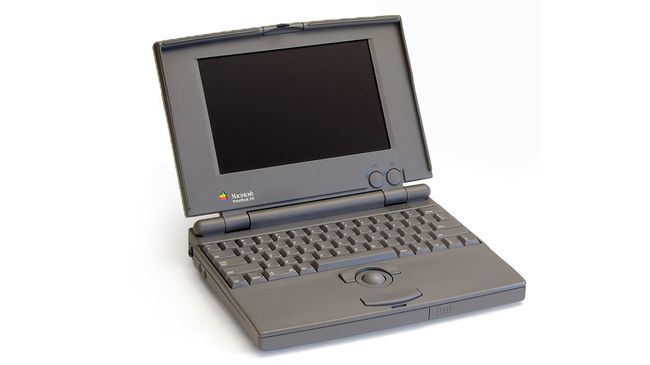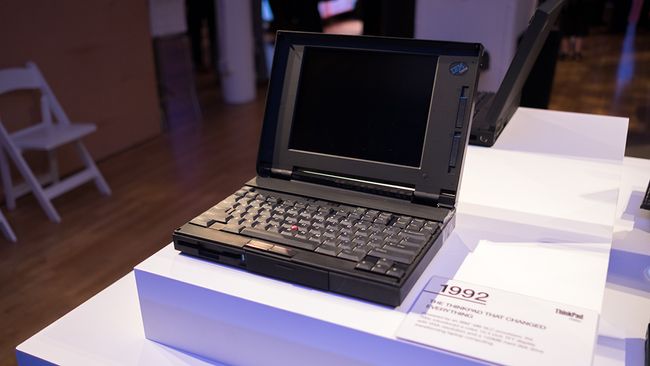Laptop is much better than desktop
due to its light-weightiness and portability, rather than a big and bulky
desktop. Uses of desktop declaim due to popularity of laptop.
Thanks to an almost constant stream
of innovations, the e laptop has become slimmer and lighter than ever before
and hardware become ever-more powerful, while batteries are lasting longer.
Here we look back at some of the
pivotal moments in development of laptop and how early machines influenced the
laptops of today.
1981: Osborne 1, the world’s first
mobile computer
 |
| Osborne 1 |
Osborne 1 is considered to be the
granddaddy of laptops, was released by Osborne Computer in 1981, It had a
five-inch screen, two floppy drives, a modem, battery pack and a keyboard that
was built into the lid.
Though it was big and weighed 11kg,
which is just over the combined weight of current five MacBook Pros. This early
computers still has some recognizable laptop features. But it wasn’t a hit, although
it showed the potential of a portable personal computer and for the first time,
people were able to carry their computer with them and work on them when
traveling.
At the time of its release it cost USD1,795,
which would be around USD5,000 in today’s money.
1983: Grid Compass 1101, the first clamshell laptop
 |
| Grid Compass 1101 |
The Grid Compass 1101 was the first
portable laptop which had really looked like a laptop was released in 1983. It
featured the clamshell design. Its screen can be folded up against the keyboard
when closed. This remarkable innovation meant that the Grid Compass 1101 could
be more easily carried around, while the screen and keyboard were kept
protected.
The Grid Compass 1101 itself wasn't
a huge success due to its high price of around USD10,000 at that time (now it
would be USD25,000), the patents on many of its innovations earned GRID Systems
Corp a lot of money.
1989: Compaq LTE and Compaq LTE 286, the first notebook PCs
 |
| Compaq LTE |
In 1989, Compaq LTE and LTE 286 were released, and generally
regarded as the first notebook PCs, as they were around the size of a paper
notebook. These smaller laptops were easier to carry around, making them more
popular with people who travelled a lot.
They were also two of the first
laptops to include a built-in hard drive and floppy disk drive, making them
even more versatile. The hard drive in the Compaq LTE offered 20MB of storage
space, which was doubled for the Compaq LTE 286.
1989: Macintosh Portable, the first Apple laptop
 |
| Macintosh Portable |
In 1989, world saw that Apple had released
its first laptop device, and though it was not small or easy to carry as the Compaq LTE . It offered very good
battery life and decent screen – something modern MacBooks are still renowned
for.
Due to its size and weight it wasn't a popular device, but
it did spur on competitors to release Mac-compatible laptops that were more
portable – these days it’s strange to think of any other company other than
Apple building Mac hardware.
1991: Apple PowerBook
100 series: a revolutionary early laptop
 |
| Apple PowerBook 100 |
In 1991, Apple released the PowerBook 100, PowerBook 140 and
PowerBook 170 – which were far more successful than the company’s previous
attempts at creating a portable PC, and they ushered in a number of
revolutionary features that have become staples of modern laptop design.
For example, the keyboard was positioned towards the back of
the bottom half of the laptop, providing room at the front for palm rests and a
trackball. Up until that point most laptops had the keyboard positioned at the
front, with the space at the back for function key reference cards and
instructions.
The Apple PowerBook series was immensely popular, and over
the years the PowerBook line brought in more innovative features that we now
take for granted in laptops. In 1994, the PowerBook 500 series was the first
laptop to include a true touchpad, and the first to include a built-in Ethernet
network adapter.
1992: IBM ThinkPad 700 – a powerful and iconic laptop
 |
| IBM ThinkPad 700 |
In 1992, IBM released its first ThinkPad laptops, the 700,
700c and 700t, and these, along with the Apple PowerBook 100 series, can be
considered some of the first modern laptops, helping to shape the laptop landscape
for the next 25 years.
The ThinkPad came with a red TrackPoint in the middle of the
keyboard, which was used to control the pointer, and the iconic feature is still
found in modern ThinkPads.
The design of the ThinkPad was both stylish and functional,
and it won a host of design awards. IBM was keen to highlight how well built
the ThinkPad was in a series of promotional events, with, for example, the
laptops being used by archaeologists in Egypt. The ThinkPad 750c was taken into
space by NASA, proving just how capable these modern laptops were.
With innovative features and design choices used to overcome
the technological issues of the time, these early laptops paved the way for the
modern machines we now use daily, and it's these early pioneers we have to
thank for making laptops the brilliantly versatile devices we have in our
homes, schools and workplaces.







No comments
Post a Comment